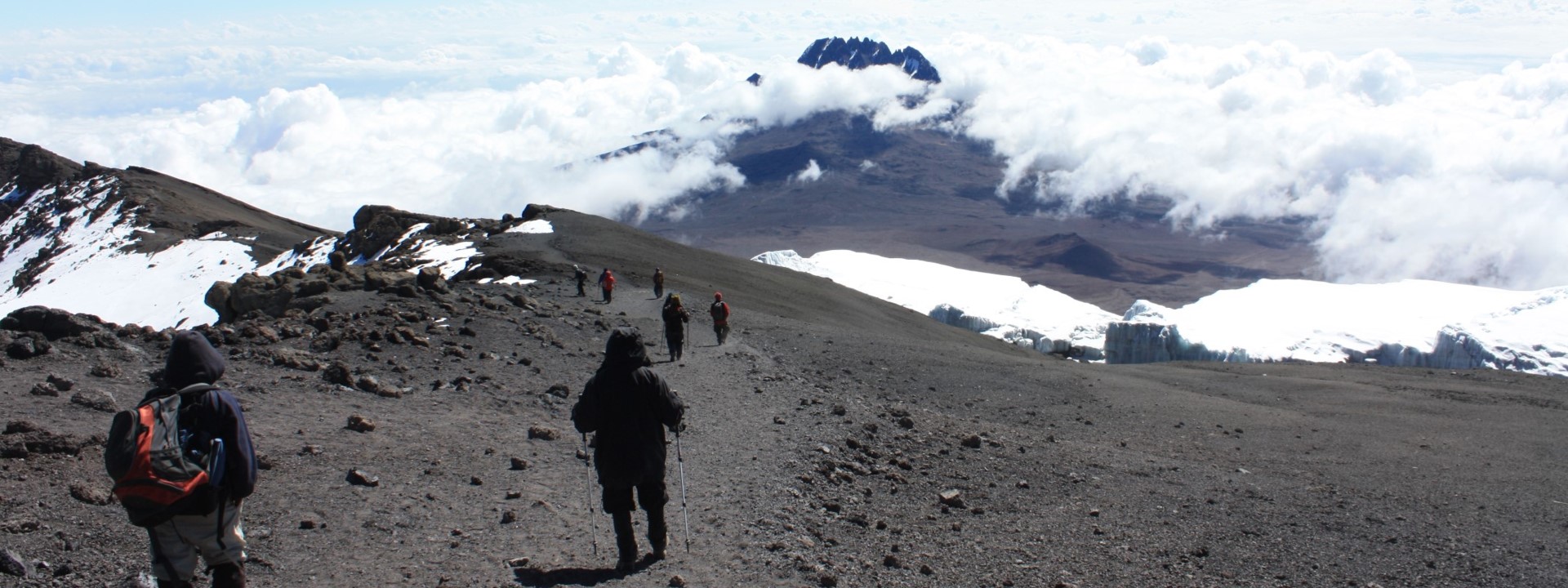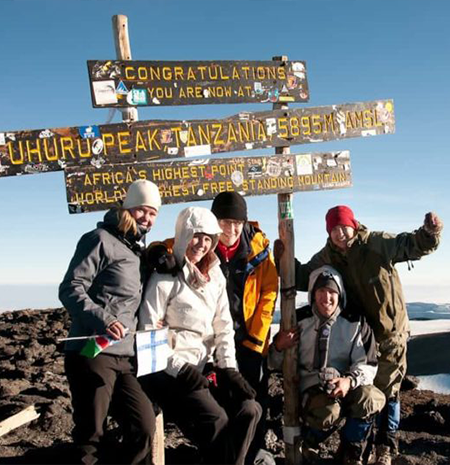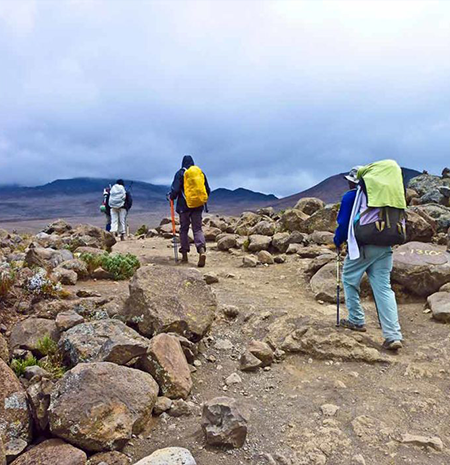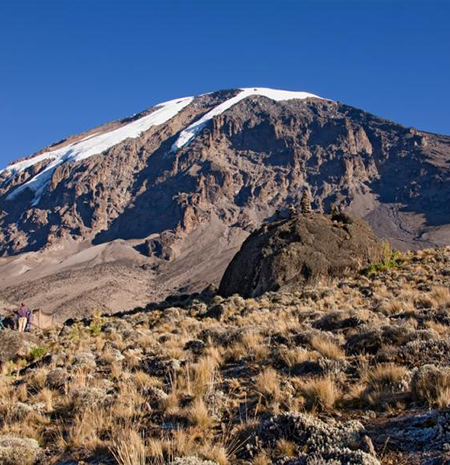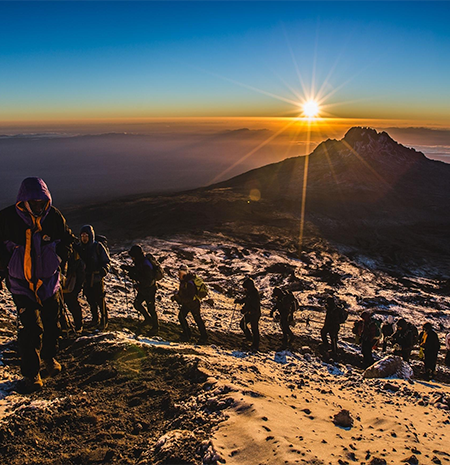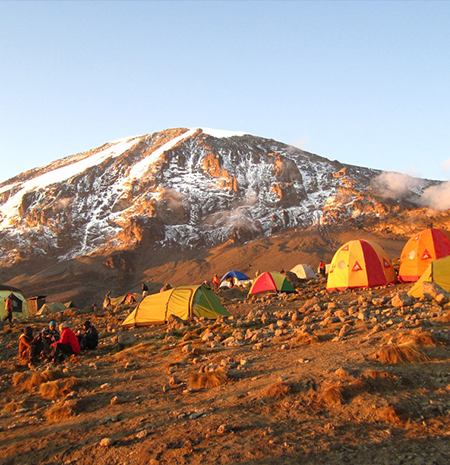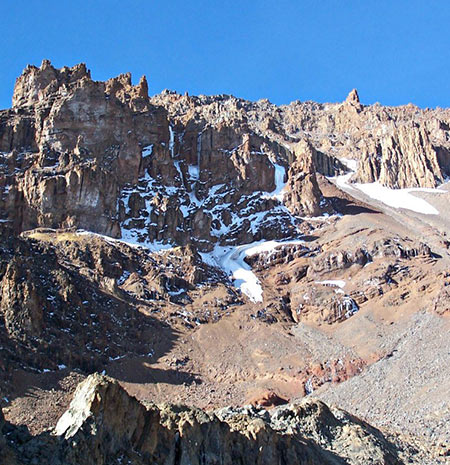The Rongai Route, a northern trail ascending Mount Kilimanjaro, is a pristine path that offers adventurers a distinct journey up Africa’s highest peak. Located along the Tanzania-Kenya border, this route stands out for its untouched wilderness and is the sole approach from the north.
As one of Mount Kilimanjaro’s most secluded trails, the Rongai route presents trekkers with unparalleled serenity. Its remote nature means fewer footfalls, giving climbers a tranquil experience up to the Kibo Camp. Here, the Rongai trail converges with the popular Marangu Route, leading towards the mountain’s summit. For those keen on an exclusive Kilimanjaro adventure, the Rongai route promises solitude and a wild African landscape.
The Rongai Route provides a serene journey up Mount Kilimanjaro, offering trekkers hours, if not days, of solitude in an untouched wilderness. As it presents a gentle and steady ascent, this route allows hikers to acclimatize seamlessly. This consistent acclimatization not only positions Rongai as one of Kilimanjaro’s more navigable trails but also considerably boosts the chances of reaching the summit successfully.
With minimal challenges en route and a shorter day preceding the ascent to Uhuru Peak, this path ensures climbers are well-rested and prepared for the final climb. Located on the mountain’s north side, close to the Kenya border, Rongai is Kilimanjaro’s driest route. This unique attribute makes it an ideal choice for year-round trekking, particularly during the rainy months of April and May. While rainstorms predominantly affect Kilimanjaro’s southern face, Rongai trekkers often enjoy drier and warmer conditions compared to those on other popular routes.
